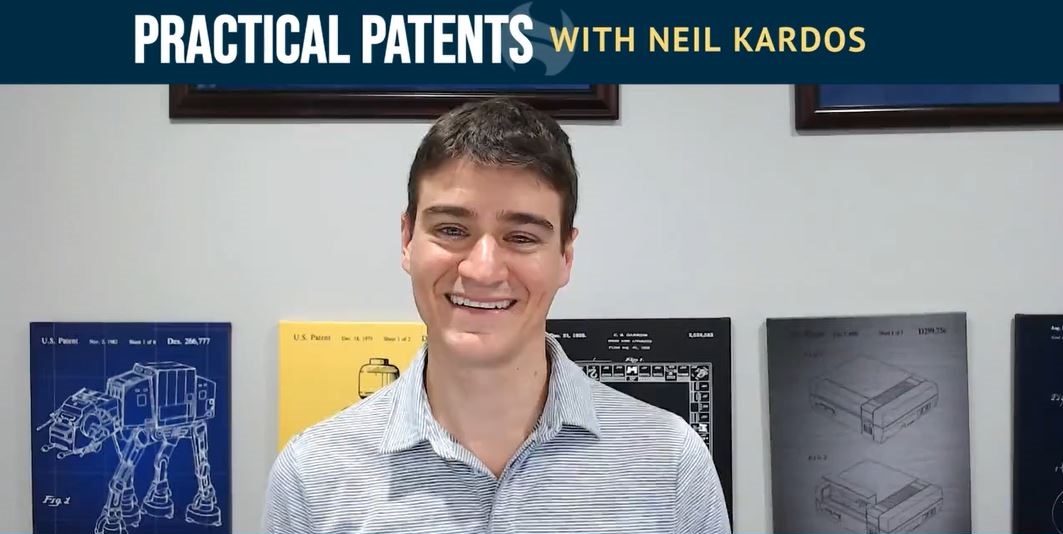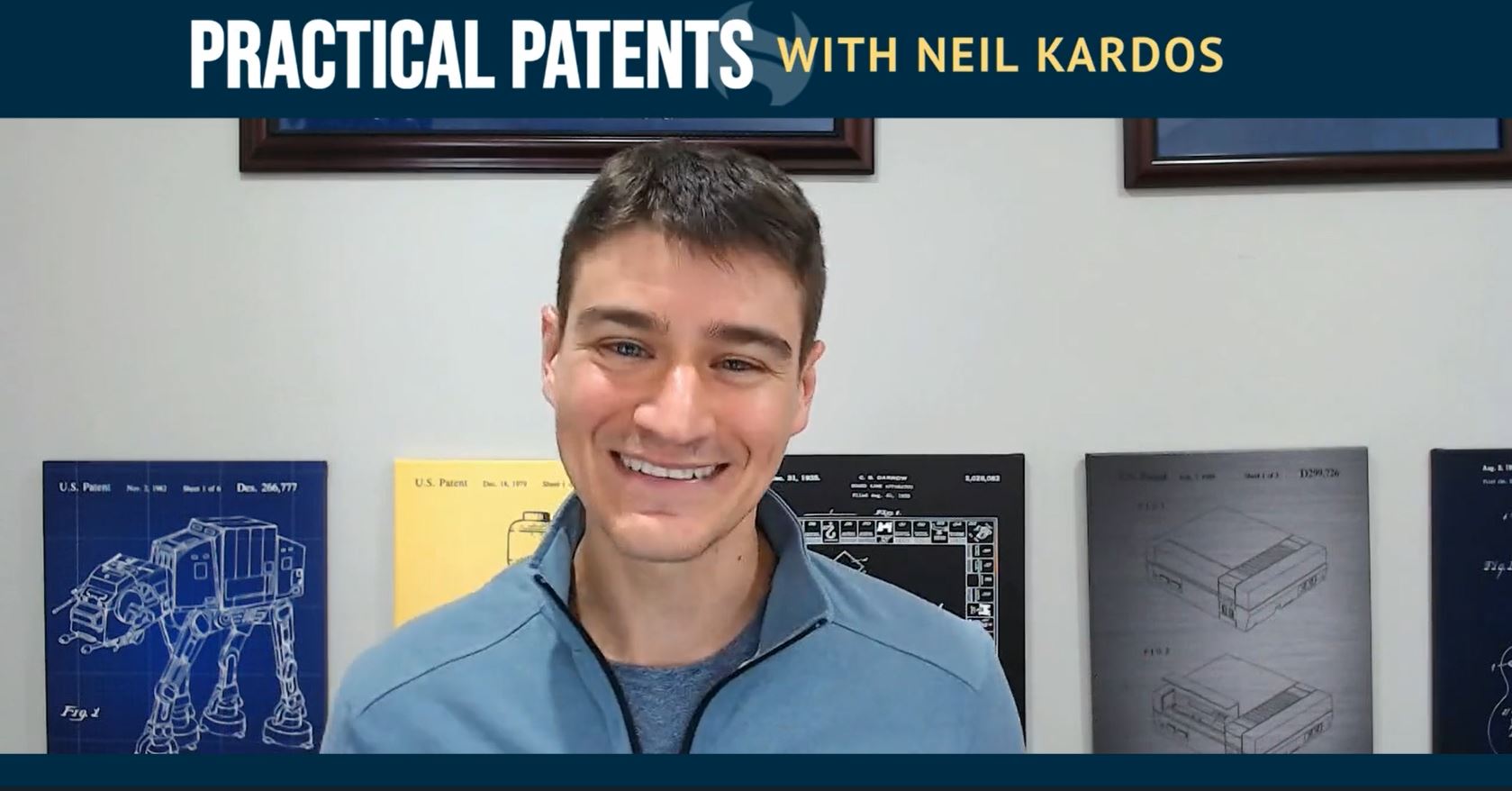Boosting Patent Application Drafting Efficiency and Quality
Greetings, fellow patent enthusiasts! Today, we’re excited to share an invaluable tip from Neil Kardos on how to improve the efficiency and quality of your patent application drafting. We’ll delve into the benefits of this approach and explore how it can streamline the patent application process.
When it comes to patent drafting, timing is everything. One of the most significant time-saving strategies Neil employs is to draft claims and figures promptly after conducting an inventor interview. By capturing the essence of the invention while it’s fresh in his mind, he achieves remarkable results.
Here’s how he does it: After scheduling an inventor interview, Neil blocks off a few hours afterward to work on claims and figures. By setting aside a dedicated block of time immediately after the call, you can capitalize on the freshness of the invention in your mind, ensuring top-notch claims and figures. Ideally, he aims to draft the complete set of claims and figures right after the call. In certain cases where he’s deeply familiar with the technology, and the inventors are savvy, he may even prepare an independent claim before the call and get real-time feedback from the inventors—an incredibly beneficial practice.
In the real world, though, urgent tasks can sometimes intervene. Neil has a savvy solution for this too. At the very least, he outlines an independent claim and explores some dependent claim ideas before attending to other pressing matters. This keeps the momentum going and avoids the common pitfall of relearning the invention from scratch later on.
Neil’s method is a game-changer, providing a structured and streamlined approach to patent application drafting. With this technique, you’ll not only increase efficiency but also enhance the overall quality of your work.
Thank you for reading! We hope these tips help you improve your patent drafting skills. Don’t forget to come back for more tips in the next installment of the Practical Patents Series. Until next time, happy patenting! ????????
Note: This blog post is based on the opinions and observations of the author and should not be considered legal advice. Consult a qualified patent attorney for specific guidance on patent application drafting.
Want more tips? Check out other Practical Patents videos with Neil Kardos here!






